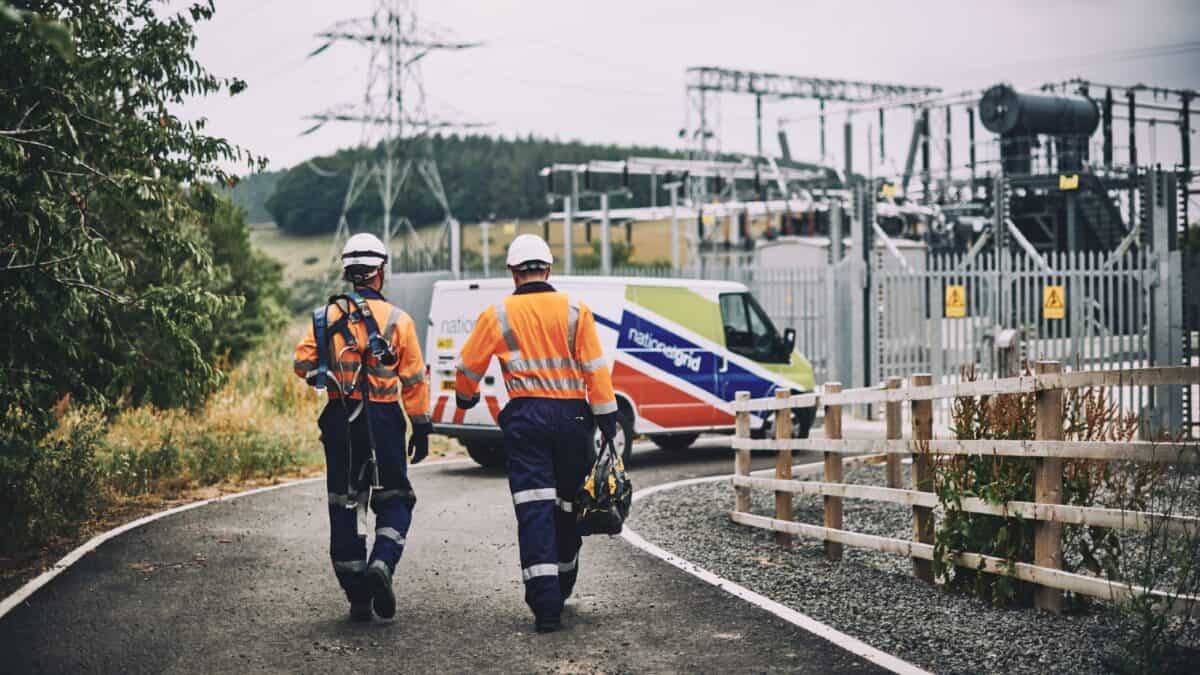National Grid (LSE:NG.) shares are some of the most popular on the London Stock Exchange. The UK’s leading electricity infrastructure enterprise has a decades-long history of consistently hiking shareholder dividends, making it a lucrative source of passive income. But how much money can investors actually make?
The power of rising dividends
One of the best ways to earn a massive passive income is to invest in a company that can consistently increase its dividend. After all, this upward trajectory of payouts pushes the initial investment yield through the roof. And after many years, a modest yield can transform into a massive one.
This is one of the main reasons why National Grid shares have been so popular. Over the last 24 years, the dividend per share’s climbed 370%. And over the last five years, they’re up 24%. But what does this all mean in terms of money?
Back in August 2019, National Grid shares were trading at around 790p. Today, they’re closer to 980p resulting in a 24% capital gain. So already a £10,000 investment five years ago would have grown to roughly £12,400. But what happens when we include the compounding impact of dividend reinvestment?
That £10k invested at 790p translates into around 1,266 shares. If all dividends were reinvested over the last five years and we ignore trading costs, the share count would now sit at roughly 1,643. Money-wise, that’s £16,100, or a 61% return!
Time to buy?
A 61% return makes National Grid shares a market-beating investment. For reference, the total return of the FTSE 100 over this period came in at just under 50%. And it goes to show that dividends can be a powerful wealth-building force. So given this success, should investors be rushing to buy shares today?
Not necessarily. In a surprising twist, earlier this year management outlined a pretty radical overhaul of the company. It’s announced plans to raise £7bn to support a massive £60bn investment in new renewable energy infrastructure between 2025 and 2030.
Management’s convinced such actions will restore the group’s long-term growth prospects. And to its credit, there’s a lot of money to be made as the UK transitions away from fossil fuels. However, to execute this strategy, apart from triggering record equity dilution and taking on even more debt, dividends have suffered their first cut in decades.
Dividends in 2025 are likely to land at 45.3p per share instead of the latest 53.1p payout. The firm’s said it intends to ramp payments back up in line with inflation. However, being able to execute that promise remains uncertain. After all, more debt means higher interest payments and, in turn, less free cash flow to fund dividend hikes.
Radical operational restructurings have worked in the past. But they’re far from simple, and a lot can go wrong. Should National Grid fail to deliver, already sceptical investors may not wait around to see if the business can turn things around. Therefore, I wouldn’t be surprised to see shares endure some volatility in the coming years.
As such, I’m not tempted to buy any of the shares for my portfolio right now.
This post was originally published on Motley Fool







